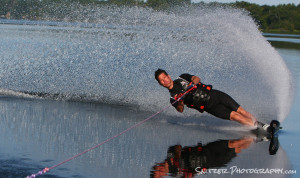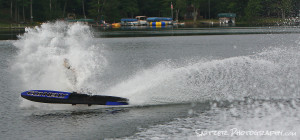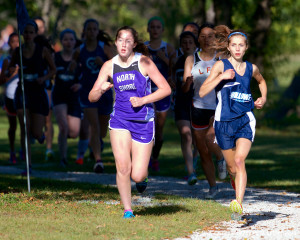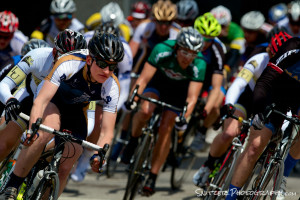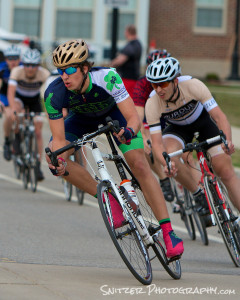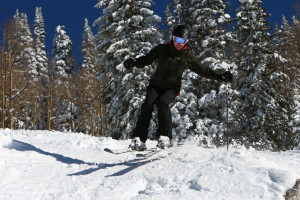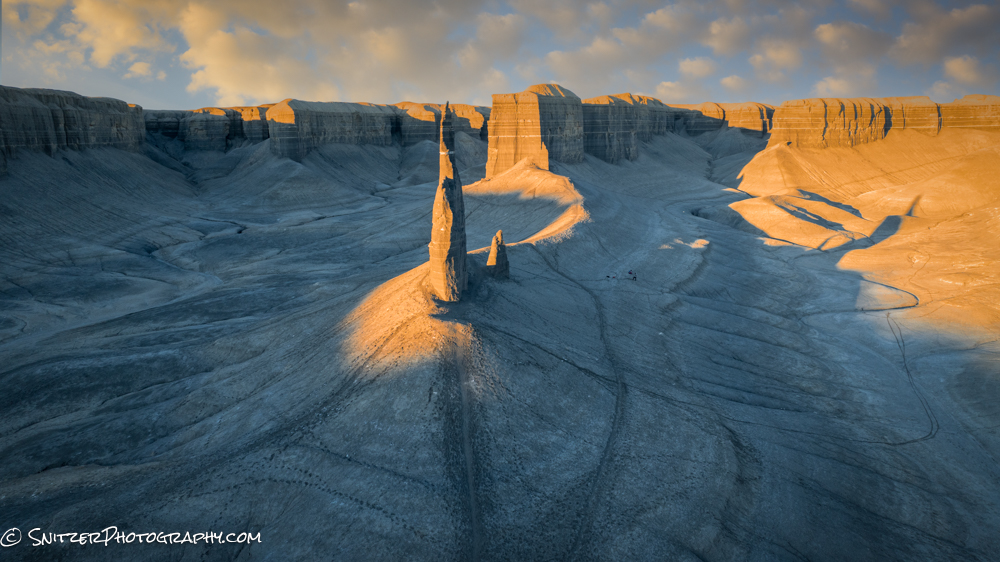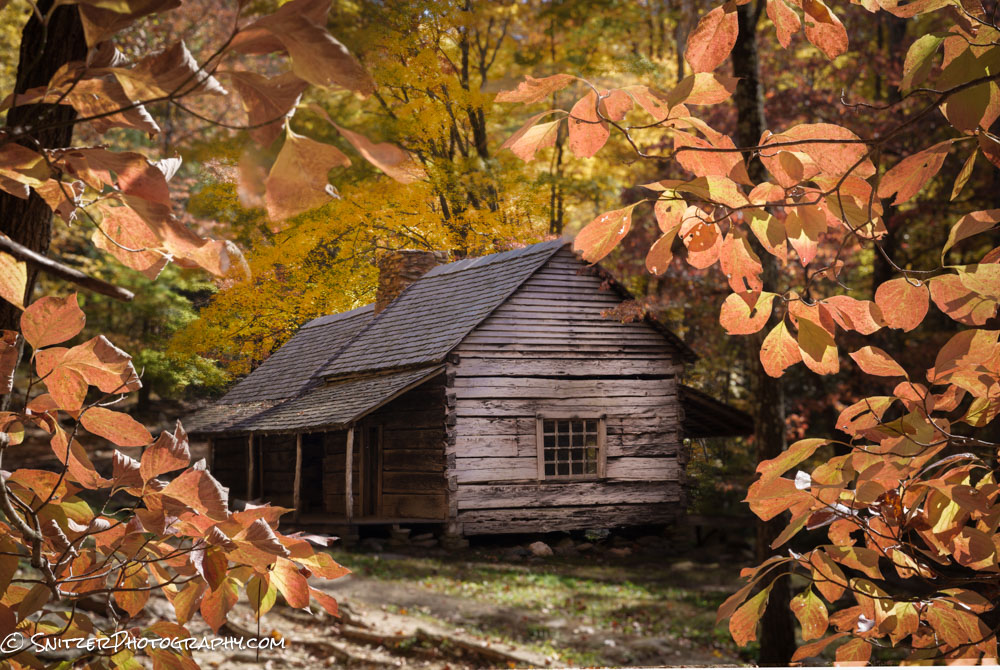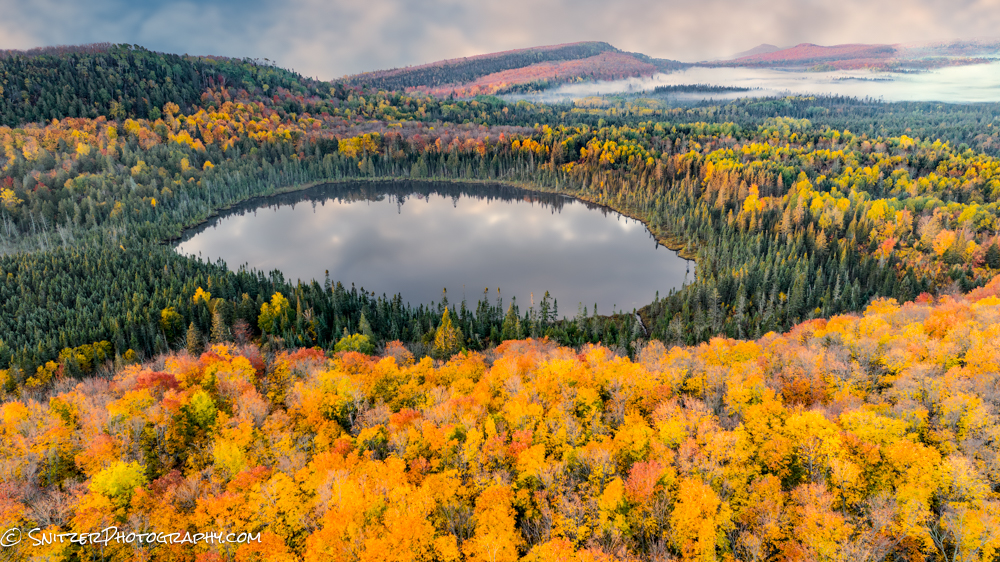Taking game pics like banging your head against the wall? You expect “Sports Illustrated” and instead get out of focus images where your subjects are the size of ants!
Intro/summary-Three elements of winning shots
1: Composition & story telling
- Do it like the great film directors.
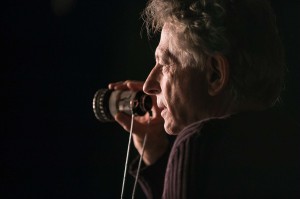
- Ex. My journey to a tough neighborhood…shooting youth basketball (having swagger when you’re scared sh-tless).
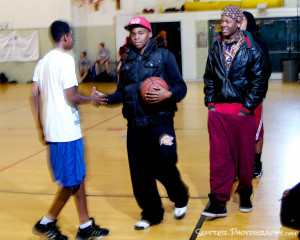
- Looking up: “taking the shot before you take the shot”. Size lens, orientation to subject, depth field.
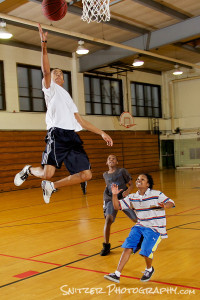
- Warming up the crowd…becoming part of the show.
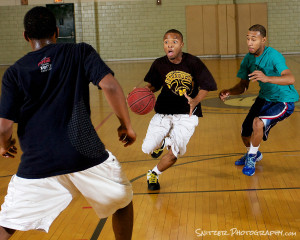
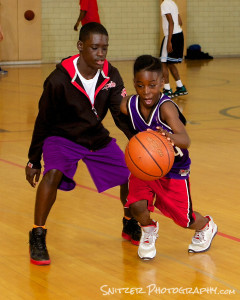
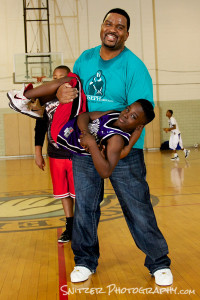
- Are you telling a story or simply showing action? Does your pic provide a window into mind of the athlete. Tech stuff (background out of focus? Where’s you eye drawn to?)
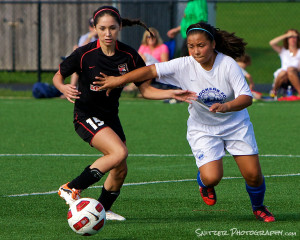
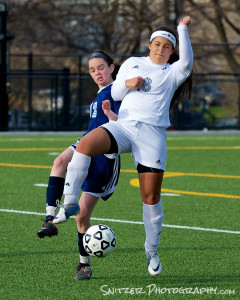
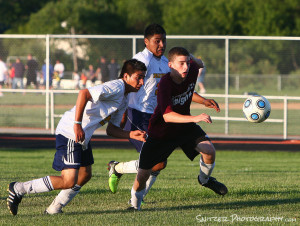
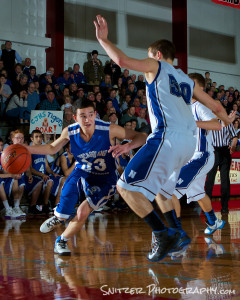
- Yogi Berra: “It ain’t over till its over”.
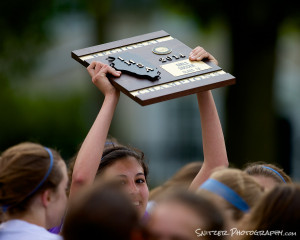
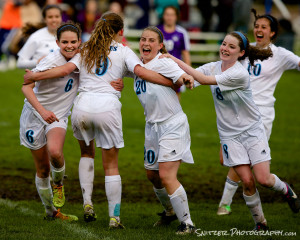
- Not just for Sports! Tech transfers over.
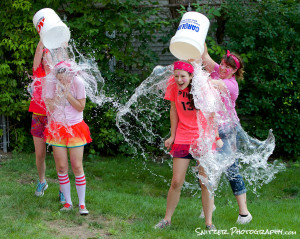
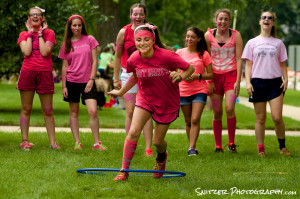
2: How to get in position to get the great photo.
- Hint: don’t shoot into the sun.
- Moving around like a pro…amongst pros.
3: What gear do I need to get started?
- Digi SLR (ideally one that can shoot 5+ shots/second)
- Good 70-200 zoom lens (good optics, at least F4 aperture, fast focus).
- Ex. Canon L Series 70-200mm F4 $700
- Why your stock zoom lens won’t cut it! Slow focus, small aperture.
- Monopod: to reduce camera shake (& look official)
Chapter I: Soccer-What’s a good sports picture
- Tells a story.
- Get you “in the head” of the participants. Conveys emotion (frustration, animosity, concentration, joy, anger…)
- Captures a “defining moment” in the action.
- It keeps “your eye on the ball”. Ergo; Subjects typically “in focus”, background out of focus.
How to think like a sports photographer (is that different?)
- Anticipate where the ball’s going, be ready to capture the moment. That means pre-focusing on your subject before they get the ball! We will talk about how below.
Where to be on field
- Sun at your back (so faces not in silhouette)
- Typically on coaches/players side: Look like a pro/get treated like a pro. MONPOD your admission ticket.
- Shooting your team (or both)?
- Noon sun bad for sports? Side field sun vs. facing a goal (early/late day)
- Travel along sidelines (face on coming action), don’t sit still.
- Allows shots directly at players, plus side on shots
- Behind goals (best if your team controlling the ball…pummeling the opposition), otherwise you may be lonely waiting for the action to come your way.
- Zones of play
- Defense (dominant team, hard for def to clear): your down between midline & goal
- Transition (midfielders fighting for ball): your moving off midline
- Attack (your moving towards goal stopping eventually between goal and midline)
- Don’t forget to “smell the roses”
- Shots of the coach inspiring the kids
- Kids celebrating after a win
How to set up equipment (general)
- Use a monopod: reduces camera shake.
- Shoot in RAW mode (discuss why), Aperture priority, try f4 (throws background out of focus, reasonable depth of field to achieve focus).
- Adjust ISO so that shutter speed at f4 is over 1/800 (3x max focal length), ideally north of 1/1000 (to stop action). On a sunny day that’s easy with ISO of 200. Cloudy days 300-400, pre twilight 600-800).
- Drive mode set to multi high-speed burst.
- You’ll want to hold button down some times and get multi shots.
- Example: game sequence (best shot?)
How to setup for Focusing
FOCUS IS KING (toughest part).
- Even slightly out of focus creates noise…blows up otherwise good photo.
- Depth of field with tele lenses very small. Example (crop sensor camera):
- 40mm lens, shooting f5.6, subject 20ft…14ft to 34 in focus (DOF 20ft).
- 200mm lens, shooting f4.0, subject 20ft…19.7 to 20.2 ft. in focus (DOF 5 inches!)
- Canon cameras generally enlarge 1.6 times (unless full frame)
- Set autofocus for single point only (lot’s of movement, need to have bull’s-eye). Select the point directly above the “center point” to place the subject’s chest area in the crosshairs. Most DSLR will allow this point to be set individually for both hoirz and vert oreintation.
- Al Servo mode.
- Remember if your lens has image stabilization…TURN IT OFF!!! It will slow down your focusing and mess you up.
- WHAT’S THE CATCH…LIKE LEARNING TO HIT BASEBALL…YOU’LL NEED TO PRACTICE THE STUFF BELOW.
- Suggest engage “BACK BUTTON AUTOFOCUS”. Separate button autofocus, allows you to focus on a zone of field and then shoot multiple shots without changing/losing focus (see photo). If you have “radar lock” on subject while running you can depress focus button and track with AL Servo. Great articles below describes this option in more detail.
- http://www.learn.usa.canon.com/resources/articles/2011/backbutton_af_article.shtml
- http://digital-photography-school.com/back-button-focus/
- How to use Both Eyes!! One for the viewfinder, one to track action.
- Typical game assume you’ll take 300+ shots (have a 32 gig memory card or greater with you), high “throw away rate”, don’t get discouraged (1 winner for every 20 shots).
How to get good shots
- It’s all anticipating the action (collisions, headers, jumping, shots on goal…)
- Use both eyes (left eye follows general action/big pic, right eye will frame actual photo-moment of truth).
- Practice makes perfect to gain expertise “zooming”. 70 mm for players running down sidelines at you, 150-200mm for mid field action.
- Don’t be afraid to crop in tight in post processing (or use edge sharpening tool/boost def/contrast)
- Remember to capture expression of players on field (fun shots also include the bench, coach, fans….)
Chapter II Water Skiing (Importance of light)
- Light is slow (sun up/twilight), illuminates skier and water behind. Contrast between dim background and subject, water rooster-tail.
- Flat water (no boats, no wind)
- Zone focus, high shutter speed, F4.5, 300 ISO
- be ready for the unexpected.
Chapter III Crossfit Competition (Get in close) 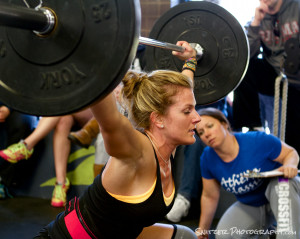
- Used full frame camera to shoot in low avail light.
- Large aperture to isolate subjects
- Look for interesting lighting, highlighting a few competitors.
- Easy to track subject, hold down back button focus in Servo Mode to track will firing off burst of pics.1
- Subjects moving at very high speed. Impossible to track through viewfinder.
- Zone focus beforehand, use moderate aperture f4 for slightly large depth of field.
- Keep fingers crossed.
- Pre-focus on area
- Lots of light, use small f stop (f8 or greater/big depth of field),
- Over expose about 1 f stop (explain exposure compensation option). Experiment or skier will be under exposed.
Chapter VIII Basketball
(Indoor sports with high power strobes)
- Very hard to shoot with gym lighting. You’ll need ISO 2000-3000. Only way to work is with a full frame sensor with high burst rate. Very expensive camera options (Canon 1Dx). Or
- All the photos you see in SI are done with strobe lighting.
- Set up high wattage strobes in the four corners of the gym (up high 10ft +, aimed at center of 3 point line).
- Use two strobes at a time (2 for one side of court, 2 for the other). Strobes are tripped with blue tooth system (one end in your camera’s hot shoe, the other plugged into the strobes).
- The strobes will allow you to get an exposure 3 stops greater than the ambient light. The camera will only see the light generated in the strobes brief flash. Everything else is dark. Stops action!
- For more advanced work, additional strobes bounced off ceiling to create more fill lighting.
- Make sure you check with the coaches/refs beforehand? Start with low strobe settings till players, coaches eye get attenuated to flash, then turn up.
- I’m typically positioned behind the baseline (the area behind or within 10 ft/either side of the basket) and shooting with a wide angle zoom. 17-40mm (for crop sensor cameras) or 24-70 zoom for Idx (full frame). You’ll need to be on one knee (shoot low) and use both eyes (one for viewfinder, the other to watch the action developing around you. BE PREPARED TO MOVE QUICKLY to avoid getting slammed by fast approaching ref/players.
- The little dets:
- I’m using Einstein strobes sets at approx 125 watt secs (action mode/flash duration < 1/2000 sec!), which allow the flashes to fire approx 7x/sec and syncs nicely with the camera’s high speed burst option. My strobes bounced off the ceiling will be dialed up to about 400 ws.
- Manual Mode: 1/250 sec. I fine tune the aperture based on the cameras histogram. Looking for about f5.6.
- At the start of the game I dial all the strobes to half these setting to allow the players eyes to attenuate.
Chapter IV What kind of equipment
- Digi SLR
- Ability to take at least 5 shots per second and crank off 7-10 without the camera’s buffer crapping out. That rules out most full frame sensor cameras (other than $$$ pro models).
- Crop sensor cameras excellent for sports. Makes your zoon lens….longer. Ex. 200mm lens on a Canon 7d is the equivalent of a 320mm lens (1.6 crop ratio)
- Canon 7D vs 7D II. Canon 5d III vs 6D. One vs two camera photographers?
- Zoom lens (70-200 range, f 2.8-f4), Ex. Canon L series $700 for f4, 2x more for f2.8, 3x more for 2.8 II series.
- Why spend the $$? Large enough aperture to blur background, Super fast focus (2 motors); tack sharp, great for people shots, candids.
- Monopod (to reduce camera shake/gets you on field-no questions).
- I want a “pro” set up. Ok you asked for it!
- You’ll be shooting with two cameras. One on a monopod, one draped around your shoulder mounted on a BlackRapid system strap.
- Canon 1DX as main cam body (full frame sensor, 14 pics/sec).
- Canon 7d MKIIas 2nd body (crop sensor, 10 pics/sec).
- Canon 300mm F2.8 your main lens (non zoom)…sharpest tele in the Canon line ($6,600) or if your concentrating on football/large stadium work consider the 400mm F4 (same price) or the 400 F2.8 (only $10,500 this month!).


